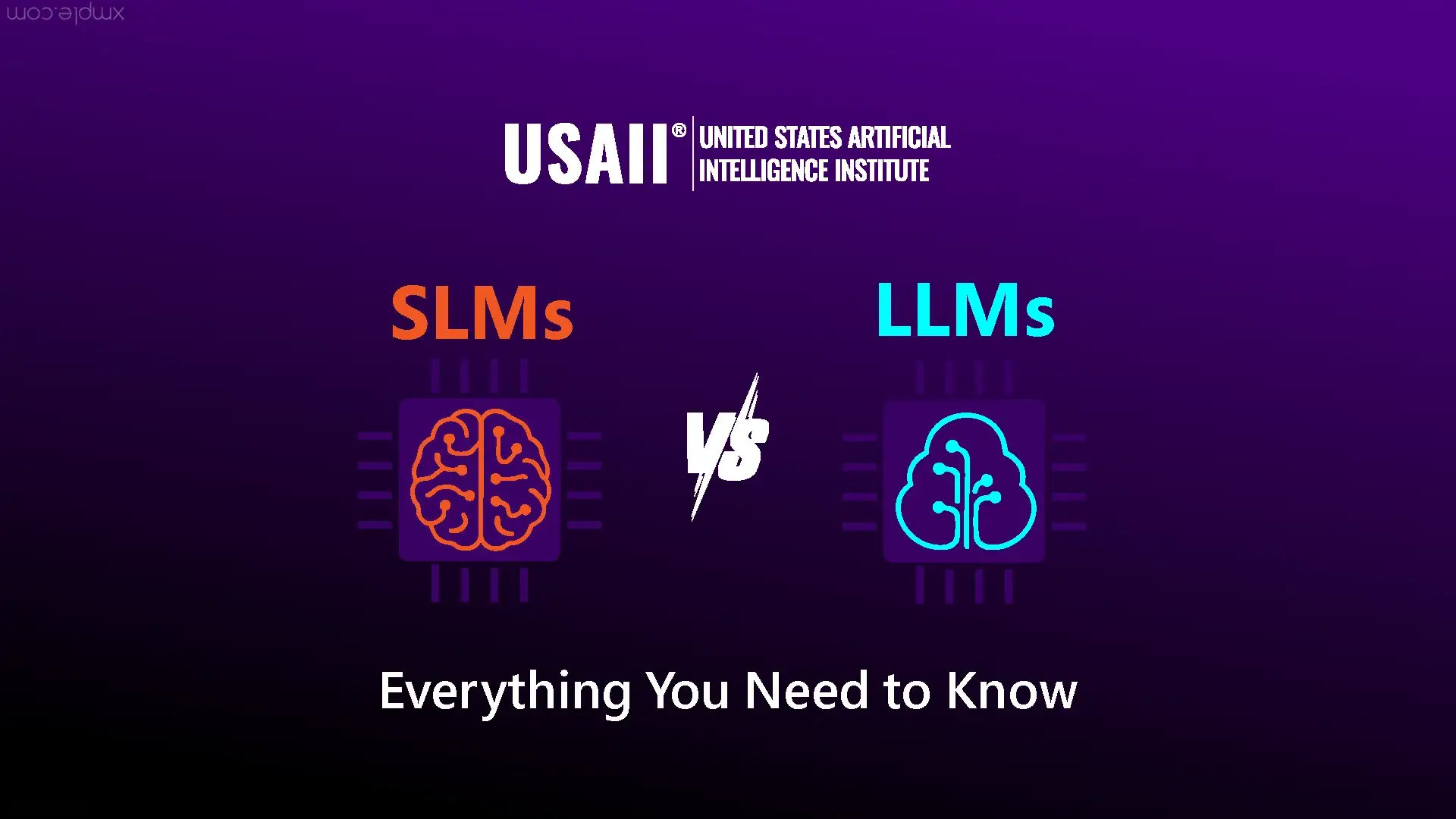
The discussion around the benefits, limitations, and use cases surrounding Small Language Models (SLMs) and Large Language Models (LLMs) is getting serious, and organizations are exploring ways to leverage both to understand which one is the best solution for their operations.
LLMs powered by natural language processing (NLP) like Generative Pretrained Transformer GPT-4 dominate with massive scale and general intelligence, whereas SLMs are emerging as the smarter and smaller alternative of LLMs for domain-specific real-world applications.
SLMs are basically compact versions that are trained through model distillation and optimization and excel in domain-specific tasks. UNESCO highlights that they can also match the accuracy of LLMs while consuming up to 90% less energy.
LLMs are trained on billions or trillions of parameters and are an excellent choice for generalized and versatile tasks. However, they are resource-intensive and also come with environmental costs. For example, GPT-3 consumed over 1200 MWh of electricity during training (source: Contrary Research).
In the following infographic, USAII® discusses the key differences, challenges, and use cases to help you make a better decision on which is the perfect choice for you.
The future mostly depends on the synergy between SLMs (for low-latency and privacy-sensitive applications) and LLMs (for complex reasoning).
To leverage these technologies, upskill in AI and ML with the best AI Certifications from USAII®, and gain the expertise needed for intelligent and sustainable AI systems.
Follow us: